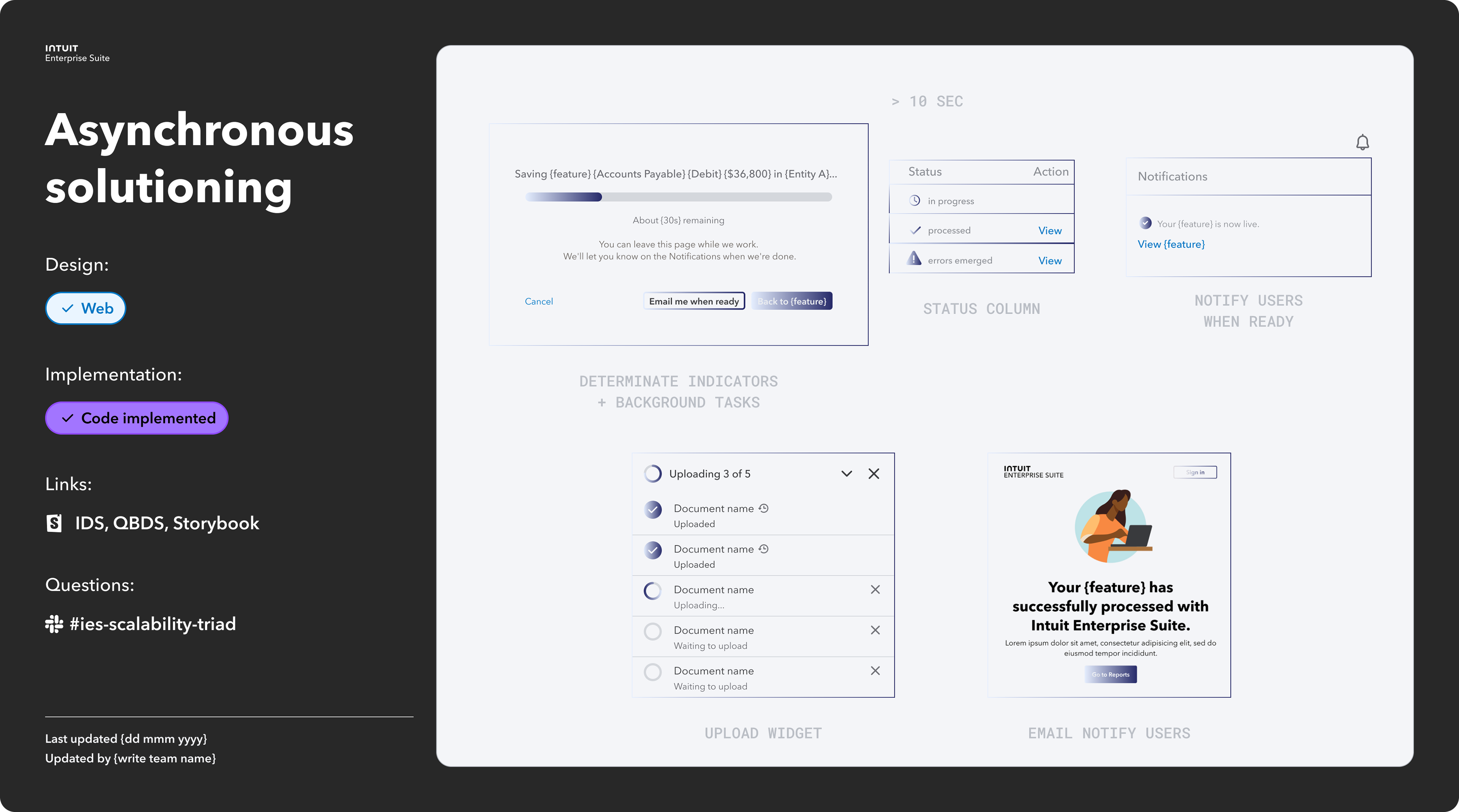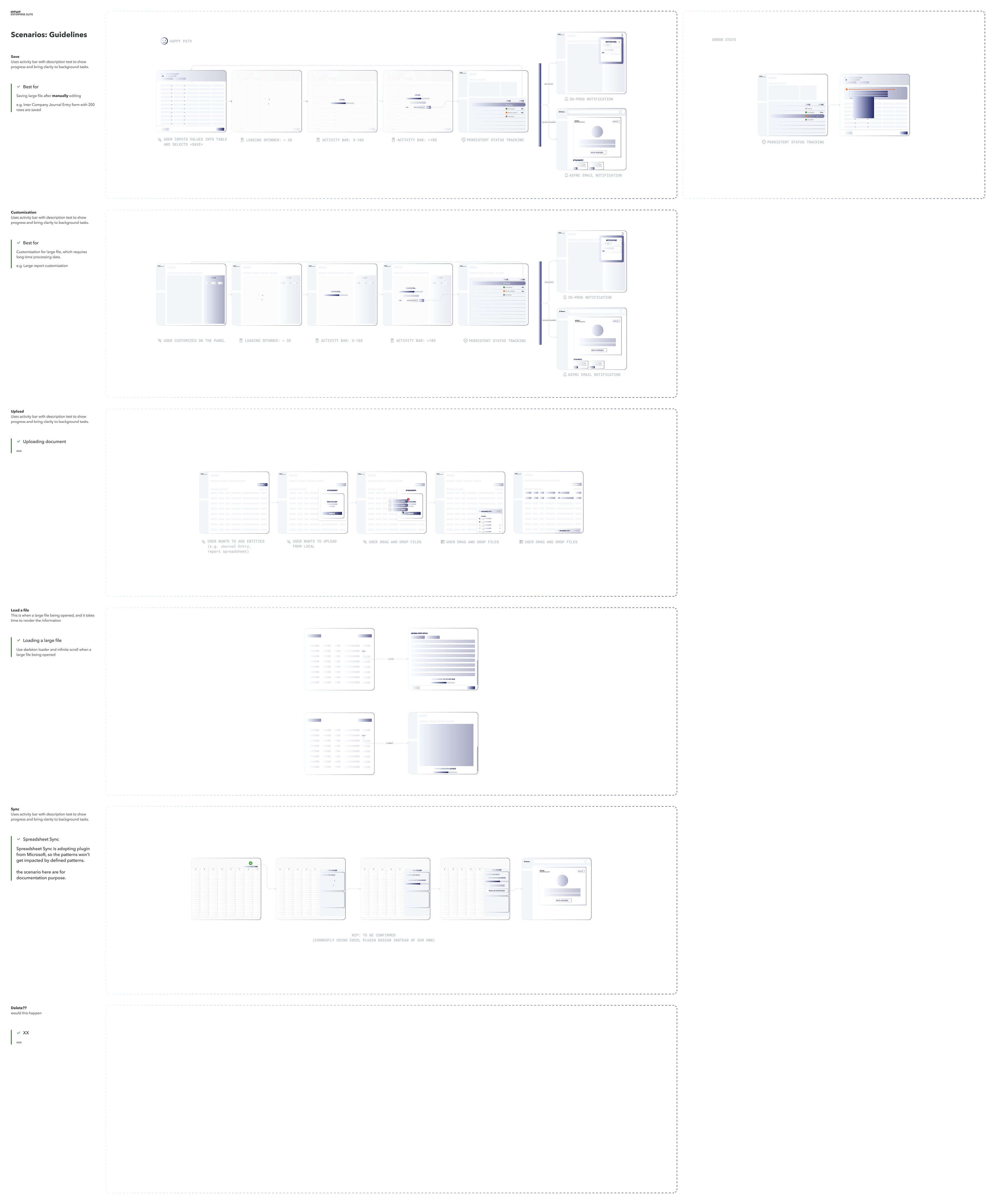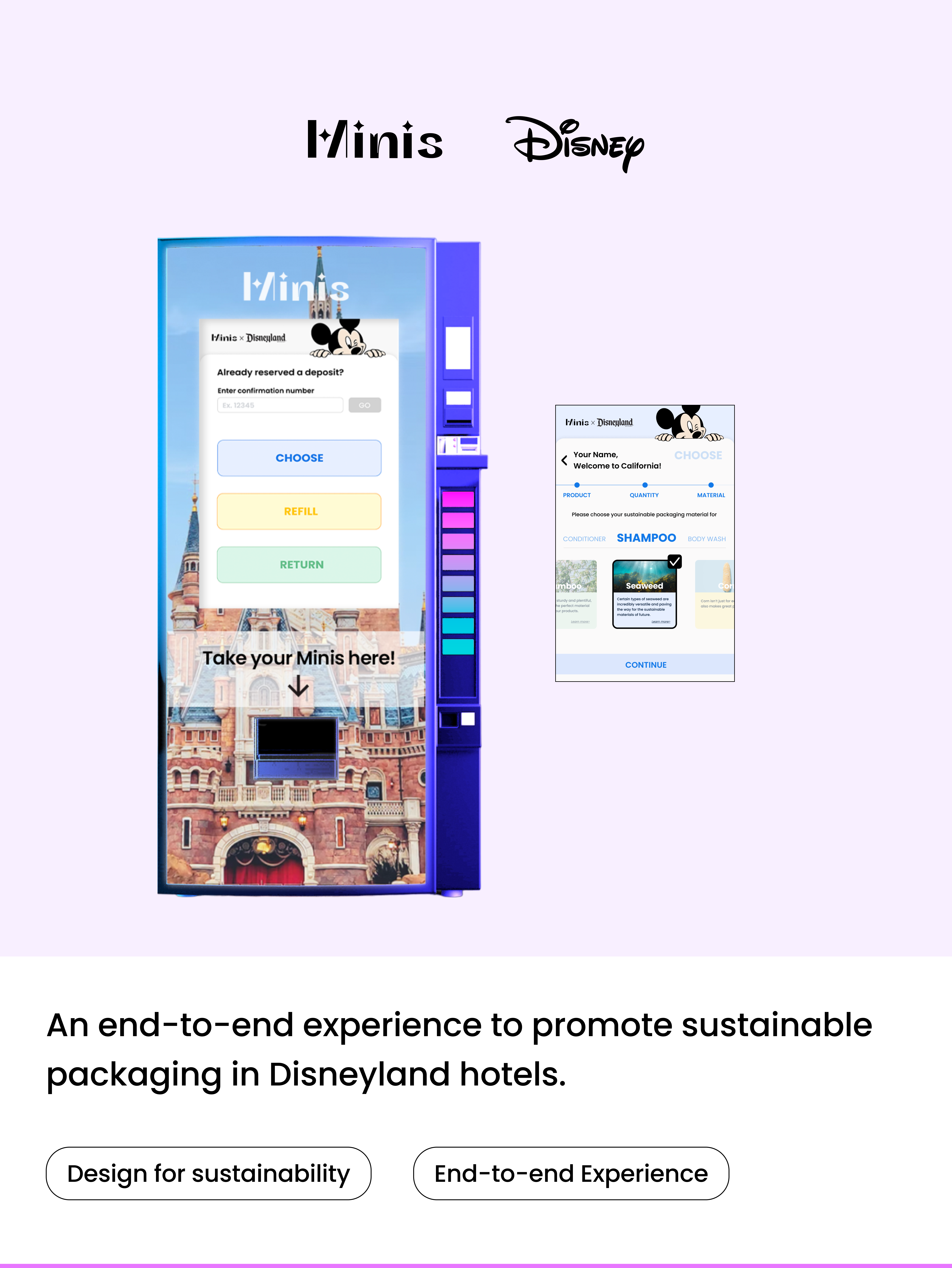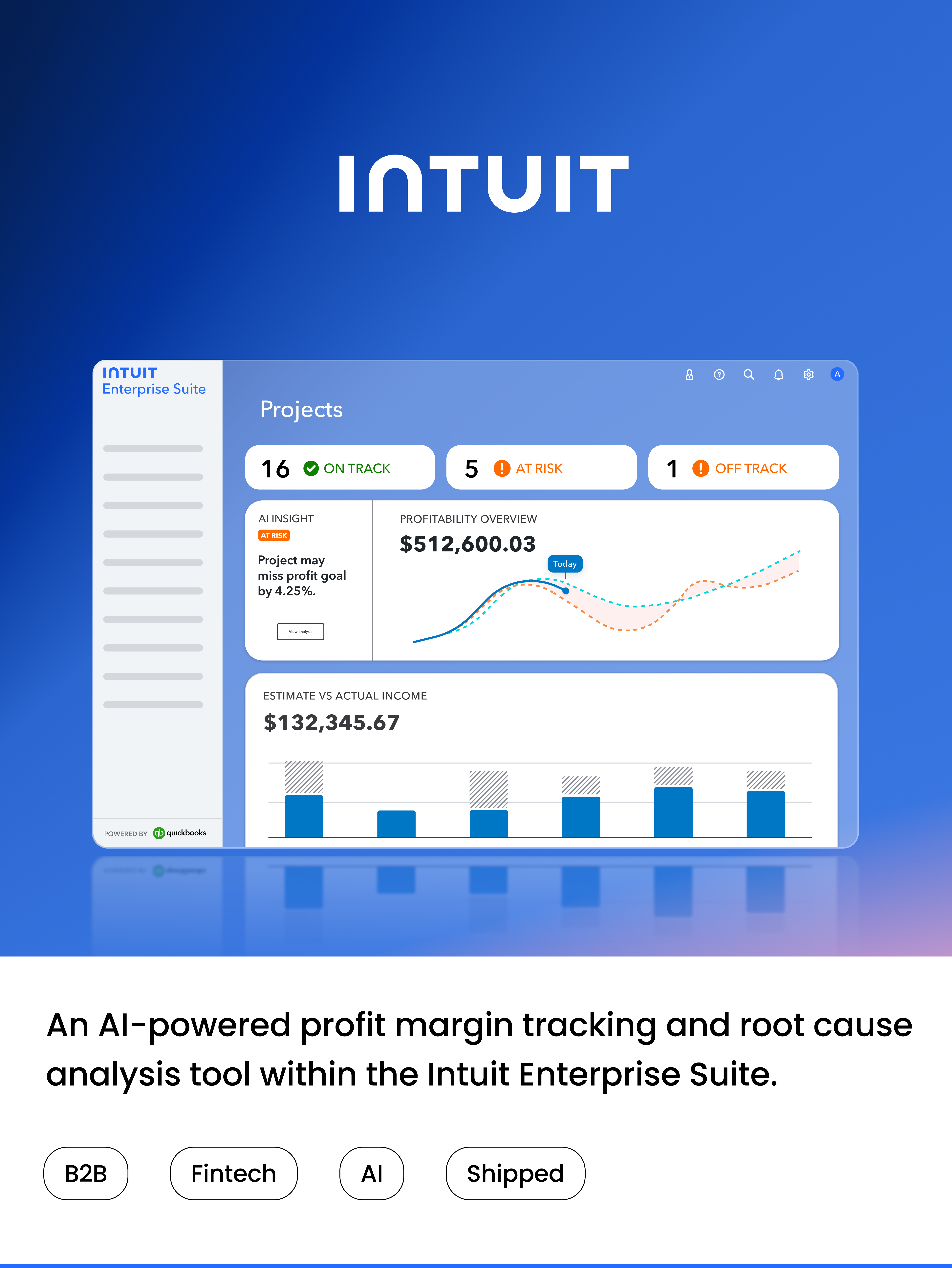Role: Product Design Intern
Team: QuickBooks Mid-Market
Time: 6.11.2024-8.30.2024
Involvement: Project Profitability, Intuit Enterprise Suite(IES) Scalability, Insight Widget Capability
Tools: Figma, UserTesting, Storybook, Coda
My contributions:
1. Project Profitability: designed different states (edit, remove, delete) for the profit margin goal editor, iterated on the insight widget card based on Mid-Market customer feedback collected via UserTesting, and designed the feedback loop for root cause analysis. (View on another page)
2. IES Scalability: Established a platform capability by adopting components from the design system for various teams, including Verticalization, Projects, and FP&A, and scaled this solution to be reusable across different use cases and touchpoints.
Overview
We are scaling QuickBooks to address the needs of Intuit Enterprise Suite (IES) customers, who often manage up to 500 child entities under a parent company. These companies handle vast amounts of data, which can lead to slower load times when using IES features. Our goal is to enhance this experience, ensuring it’s truly enterprise-ready.
Intuit Enterprise Suite(IES) Persona
IES customer: A company with multiple entities across various locations.
Customer Problem
Framework for Scale
Reliability: At any given point, QuickBooks should not compromise on system reliability. E.g. : A form with huge data should not crash.
Scale: Scale QuickBooks to meet the needs of large IES customers.
Performance: Provide industry-leading performance by overcoming the shortcomings of how QuickBooks is traditionally built.
Design Guardrails
To follow the framework, I did the industry audit on loading. Based on the industry audit, we had our initial design guardrails for loading. 👇
Use Cases
Scenarios: 1. Inter-company Journal Entry 2. User Management 3. Reporting Async 4. Spreadsheet Sync
For these scenarios, we are trying to find a reusable pattern across the product (A user experience pattern is rendered in one or more locations throughout IES).
Take the Inter-company Journal Entry as an example. We collaborated with the Core Accounting team and utilized appropriate components from the Intuit Design System. Here is the low-fi guideline we provided to the Core Accounting team, covering both the happy path and error state.
After we defined the pattern, the product designer from the Core Accounting team adopted it and delivered the hi-fi design for the Inter-company Journal Entry scenario. 👇
Customer Voices
We conducted quick user testing with accounting professionals. They appreciated being able to work on other tasks instead of waiting for a long loading time and valued the notification feature that alerts them when their task is ready.
Outcome: Pattern documentation
Our finalized framework and pattern documentation provide a comprehensive guide, featuring an overview, key scenarios, detailed examples, content structure, and component anatomy.




Impact
This is our Mid-Market capability, and it has been adopted by both the Core Accounting and Reporting teams. It is a vital tool for product designers, ensuring proper implementation and consistent utilization across projects.
Reflection
Documentation: Documenting UX patterns is crucial in a large company to ensure scalability, consistency, and seamless collaboration across teams.










